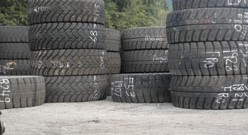
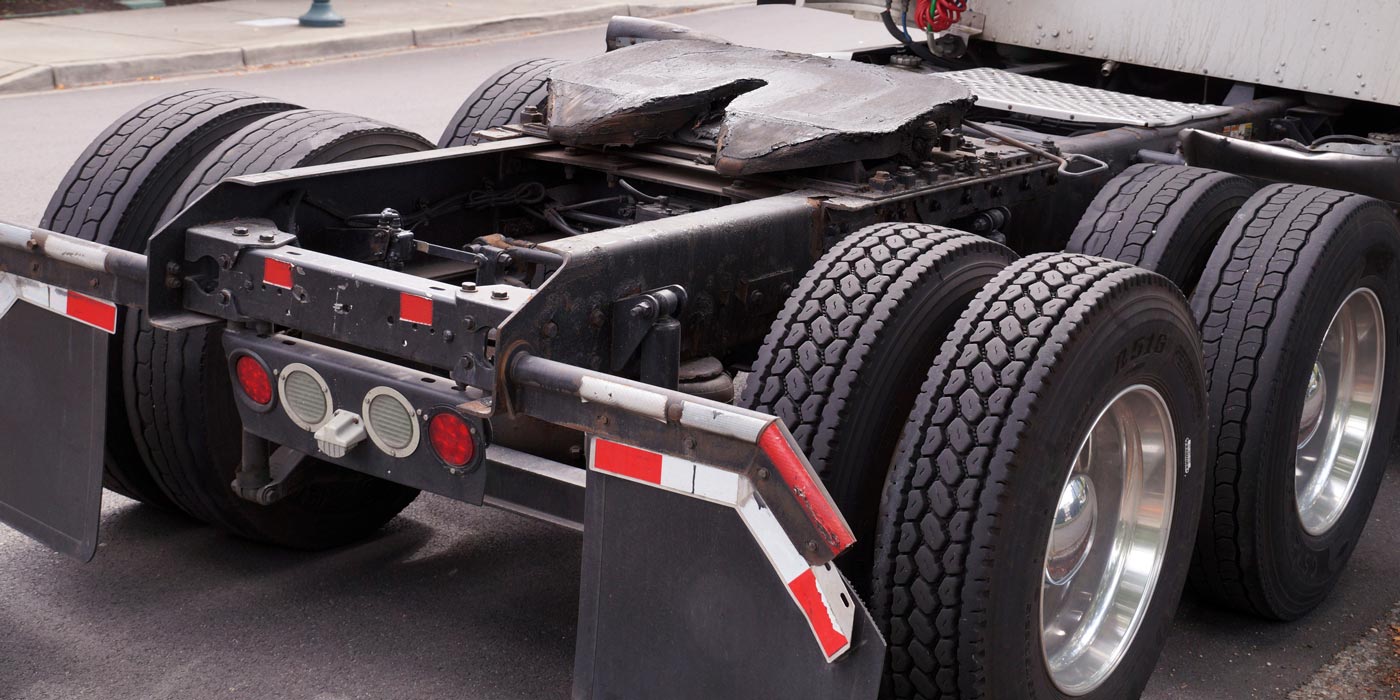
|
Barry's
Tire
Tech This is a series of articles on the technical aspects of tires, their care and usage. My primary purpose in these articles is to help people understand tires and thereby reduce the risks we all face every day. ..........and since tires is just about the only thing I know about.......... Please drop me a note if you have a topic you want to see: Barry@BarrysTireTech.com |
|
Other Types of Tires: This website has been talking almost exclusively about passenger car tires. Occasionally, I will talk about Light Truck tires. In this article, I am going to address the other kinds of tires. Just for reference, I am going to follow the order tire standardizing organizations follow (and - YES! - they all follow the same order! - more or less.).
|
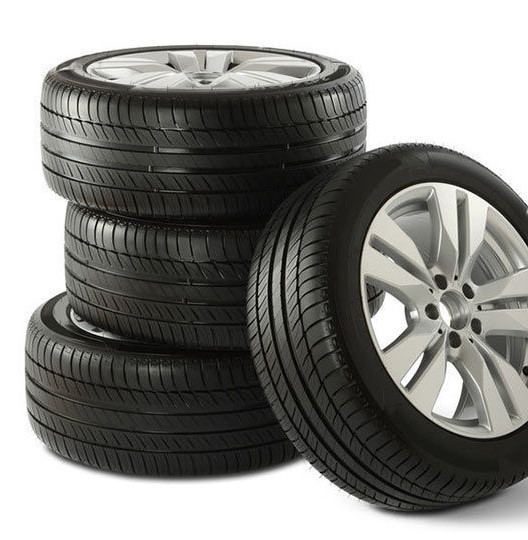
|
Passenger Car Tires: I think we all know what a passenger car is. It carries passengers, travels on paved roads which have speed limits. It has limited cargo capacity. We humans find other ways to use passenger cars: Towing, small cargo runs, etc. Passenger Car tires are also used on light duty trucks (pickups, vans) as well as trailers, but in both cases, the load carrying capacity has to be reduced by 10%. The Tire and Rim Association (the US tire standardizing organization) uses the letter "P" in front of the size. However, the Europeans and Japanese tire standardizing organizations (ETRTO and JATMA) do not use any letters - either in front of or behind the numbers. In spite of the fact that the standards for each (TRA, ETRTO, JATMA) are different, the tires are interchangeable. I go into more detail here: Barry's Tire Tech - Load Tables These come in Standard Load (SL) and Extra Load (XL), although the Europeans also use the term "Reinforced". |
|
HL Passenger Car Tires: These are passenger car tires that have more load carrying capacity than normal passenger car tires. I talk about those here: They only come in Extra Load (XL). |
|
Temporary Spare Tires These tires are designed as spare tires in the same application Passenger Car tires are called for. They have the letter "T" in front of the size. They are inflated at 60 psi (no other pressure). They are frequently referred to as "Donuts". While the tire standard doesn't say so, these tires are generally designed to be operated at a maximum speed of 50 mph and a maximum of 50 miles. |
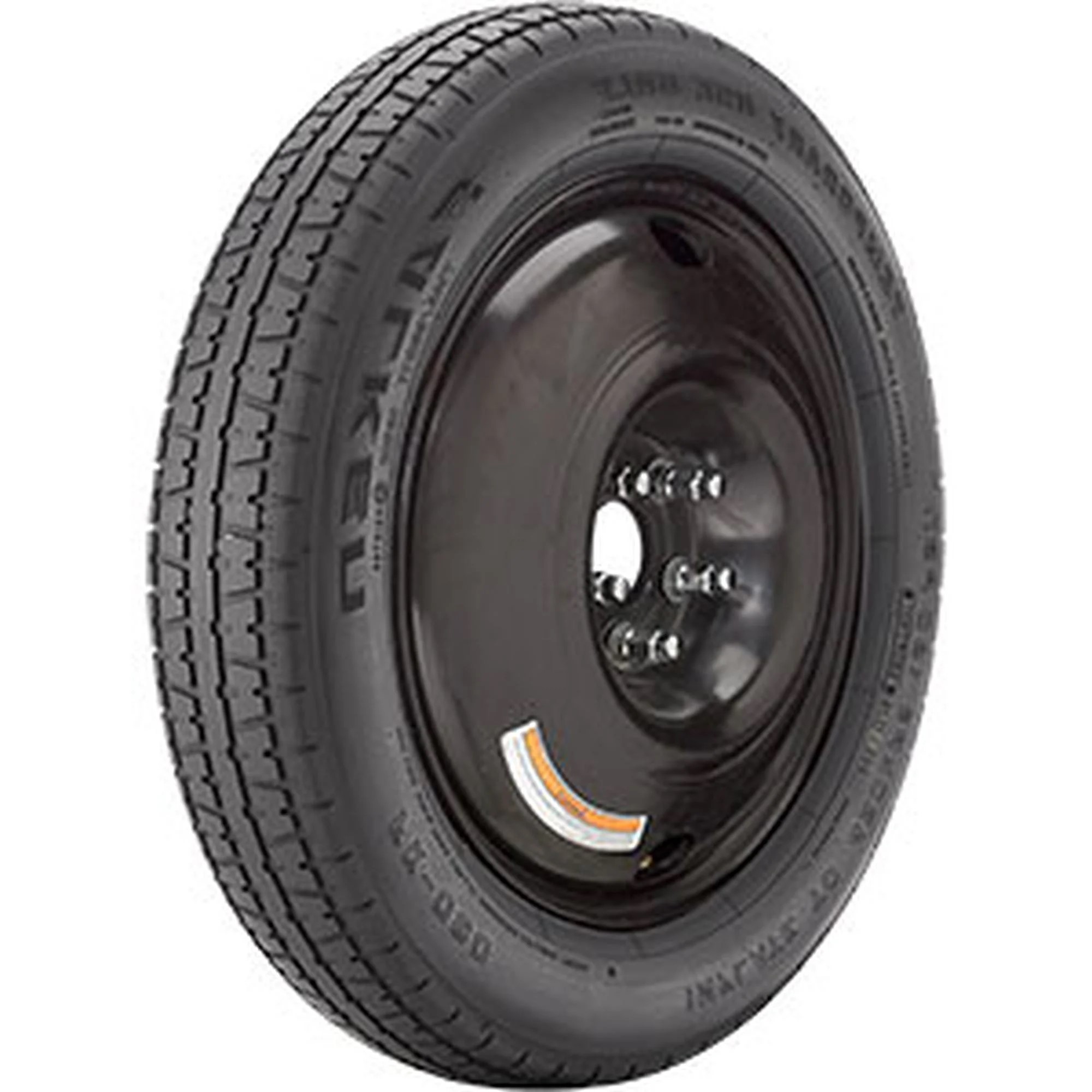
|
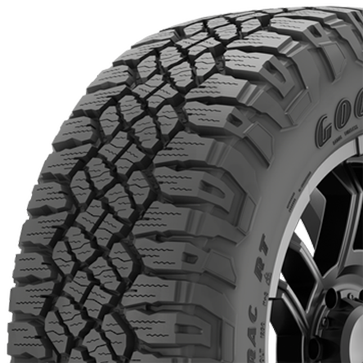
|
LT Metric Tires: These tires are designed for Light Trucks (Medium Duty pickups and vans). They have the same sizing configuration as passenger car tires (width in mm / aspect ratio, R or D, rim diameter in inches) - except they have the letters "LT" in front of the numbers. This is a strictly US tire standard. Interestingly, the Europeans have the same type of tire rolled into the Commercial Tire section where Truck/Bus tires also appear. Those use the letter "C" after the size. The Japanese use the letters "LT" AFTER the size. Usually, all these tires are interchangeable, but there are a few exceptions. Typically pressures are 50 to 80 psi (345 kPa to 552 kPa). These are sold in the same stores that you can buy Passenger Car tires. They come in Load Ranges, although the Europeans use Load Index for C type tires. Also most of these tires come with 2 load Indices (single/dual). |
|
And there are two other little quirks: The Europeans have small utility vehicles that fit well in the narrow streets some cities have. The tires are sized just like regular passenger car tires, but have more load carrying capacity by using higher inflation pressures. They are also rolled into the ETRTO Commercial section of the yearbook. My favorite example is the old VW Combi (a version of the Microbus). An updated version called the Vanagon used 185R14 102/100R tires (equivalent to Load Range D) inflated to 450 kPa (65.3 psi). And you should have noticed that there is a Load Index just behind the size - and that's the way the Europeans do this. However, you will find many US retailers "translating" this into Load Ranges. |
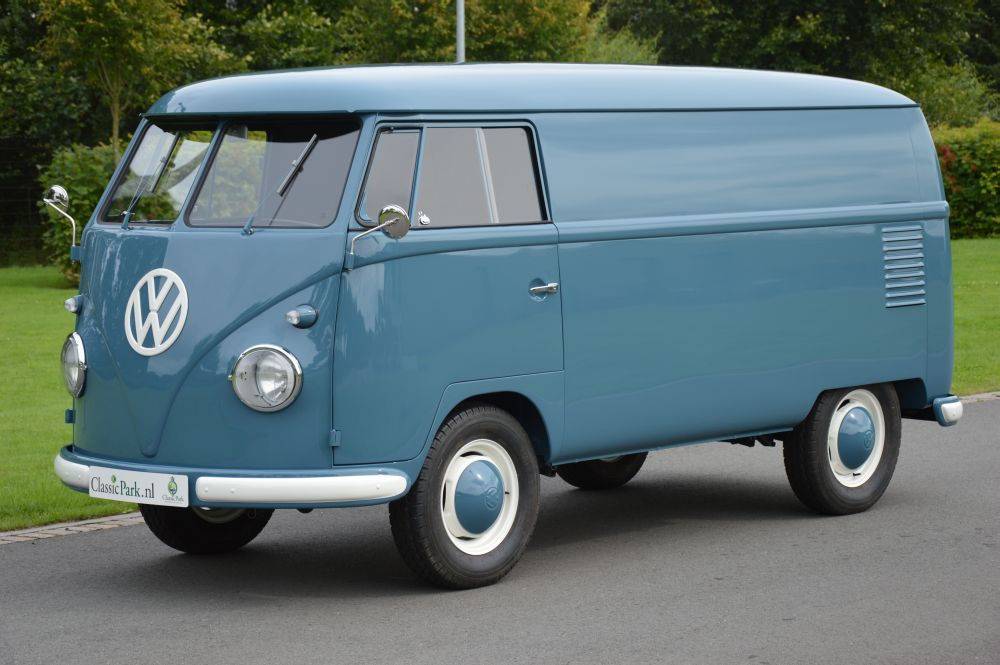
|

|
High Flotation Tires: (Yes! That is the spelling!) These only appear in the TRA (US) LT section. They are sized this way: 32X9.50R15LT. These were designed quite a while ago to be used off road on softer soil (compared to pavement). However, technology has caught up with them and it is common for there to be semi-equivalent sized tires in LT metric. These come in Load Ranges. |
|
LT Tires: These tires are throwbacks. They've been in the yearbook for a very, very long time. My guess is WW2. Sizes look like this: 7.00-15LT The best I can tell is that these are currently used on older trailers. Historically, these came in Ply Ratings (6, 8, etc.), but currently they use Load Range (C, D, etc.) |
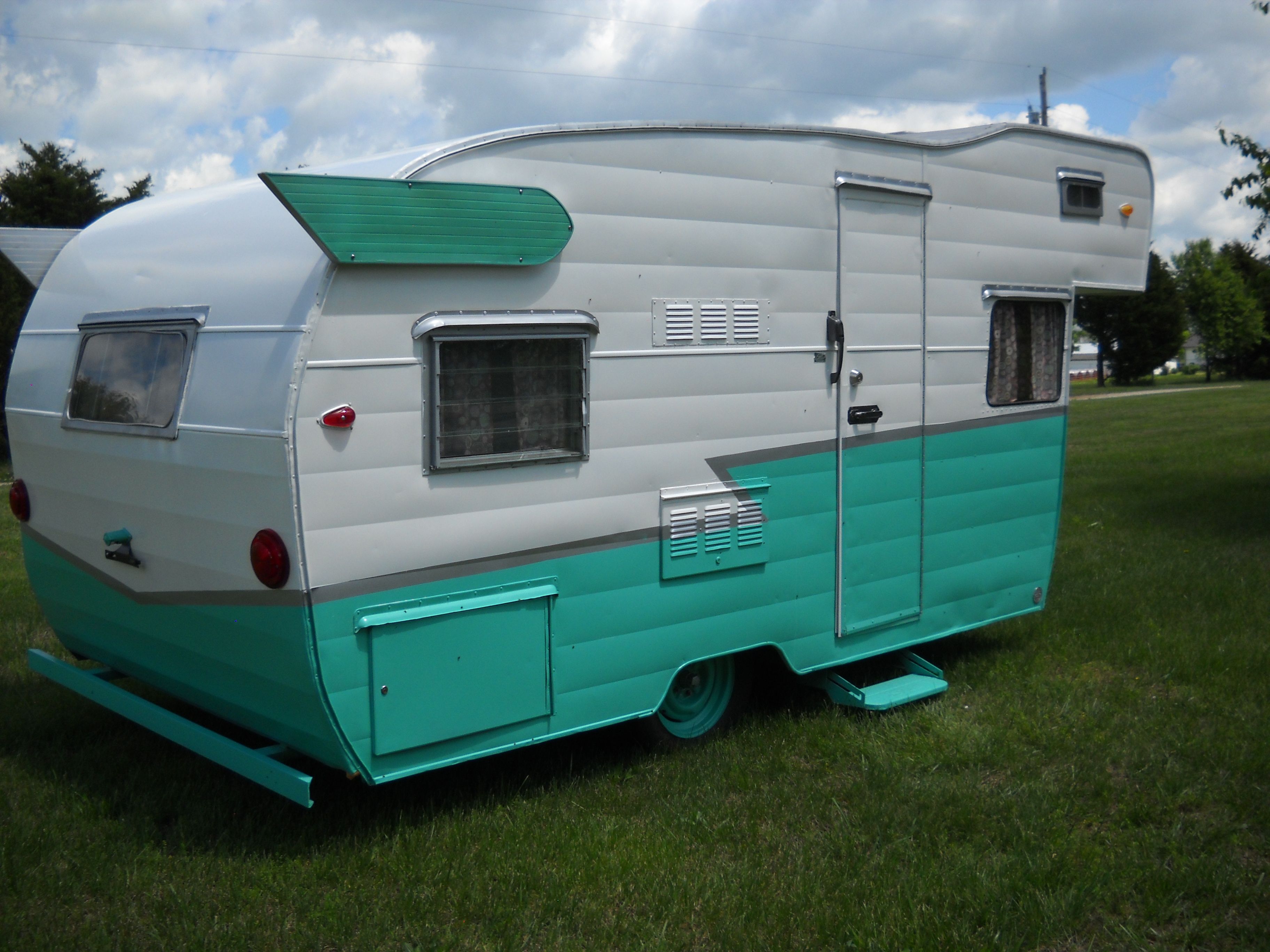
|
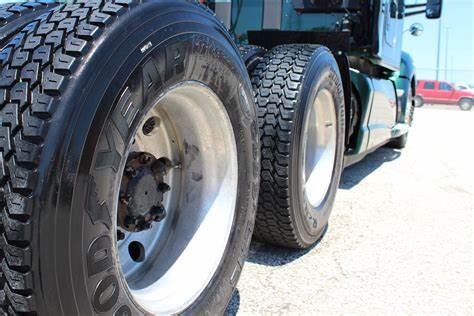
|
Truck/Bus Tires I hope it is obvious what these tires are designed for. They come in a variety of sizing conventions:
TRA (US) doesn't use letters for Metric or Conventional sizing, but, interestingly, ETRTO does - the letter "C" after the numbers. TRA uses Load ranges (F, G, H, etc.), but ETRTO uses Load Indices - and since these have different max loads when used as duals, the Load Indices are nearly always in pairs. |
|
Some notes on the odd sizing conventions: Low Platform (HC, TR) These tires are designed for trailers designed to haul heavy equipment, where the equipment drives onto the trailer, hence the tires are at the same height as the trailer. I've heard these trailers called "Low Boys". HC is the current size designation while TR is the old designation, but still used. |
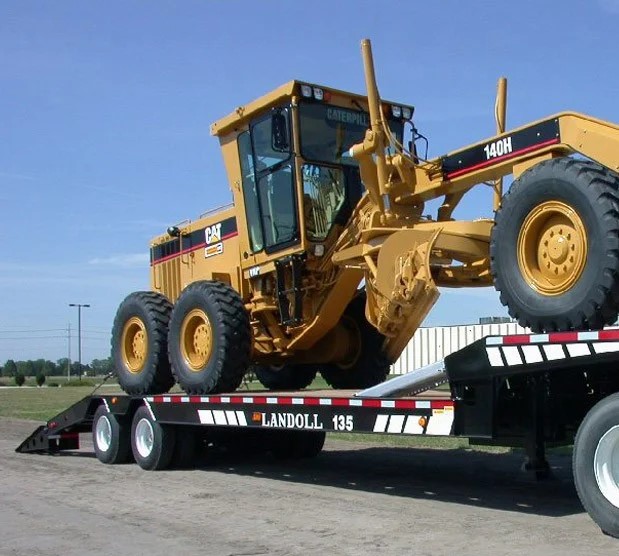
|

|
Mining-Logging (ML): These tires are designed to be used on trucks and trailers where the primary use is off road, but occasionally see the highway. They are sized just like the old conventional sizes as this is for equipment where the older pieces of equipment have a very, very long life (frequent repairs), so the tire sizing is also very old for standardization purposes. |
|
MH (Mobile Home) Tires: The sizing looks like this: 14-17.5MH. The rim size being a .5 (point 5) means the tire is designed for a 15° rim. These only appear in the TRA (US) yearbook. Their intended use is industrial trailers, of which temporarily transporting manufactured homes is the most common - that is the tires and axles are removed when the manufactured home arrives at its destination. Please note: I have always puzzled over why these aren't called manufactured home tires. |
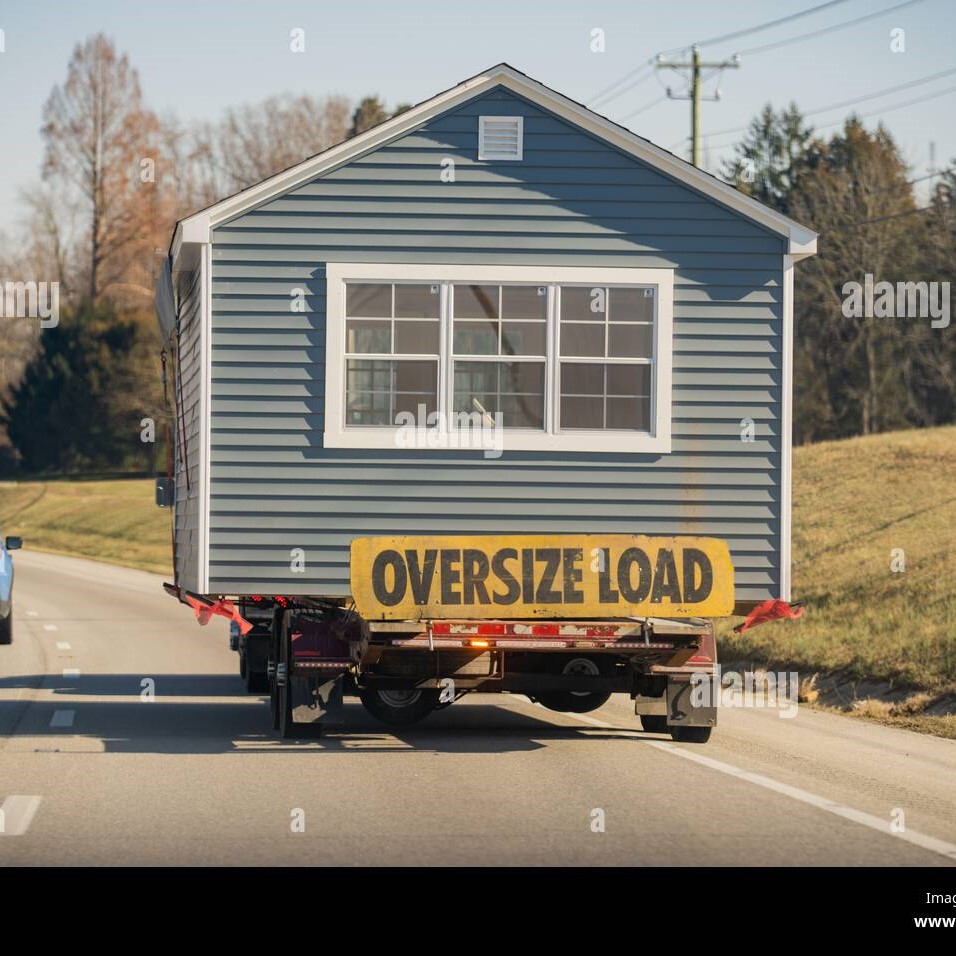
|
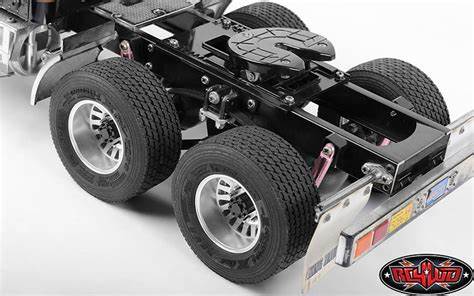
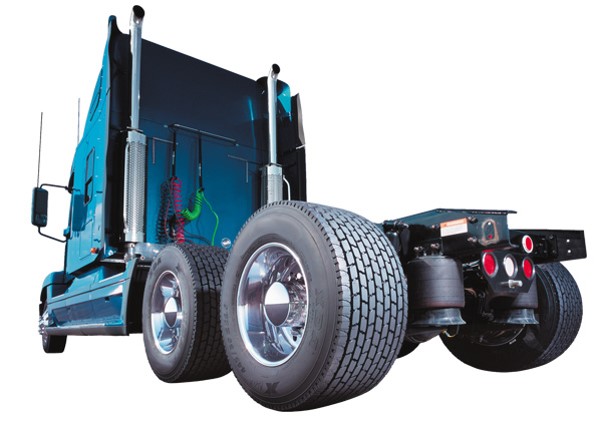
|
Super Singles: Not officially a separate designation, but common usage says otherwise. These tires are sized like regular metric truck/bus tires - like this: 425/65R22.5 They were designed to replace dualled tire assemblies common on the drive axle of trucks. They are also used on trailers. Their advantage?
There is a disadvantage (sort of) because the footprint concentrates the load over a smaller area - meaning that the tires are more destructive to roads. These come in Load Ranges. |
|
OTR (Off-The-Road) Tires: These are tires designed for earthmovers, mining equipment, and the like (not for pickups). I am not going to go into all the different types of tires, as there are quite a few. However, here are photos of some of the equipment these go on. These tires have a variety of different load identification methods, including Ply Ratings (PR), Load Index, Load Range, and Star Symbols. OTR contains the largest tires made: example 70/70-57 (Yup! 70 inches (almost 6 feet) wide with a 57 (4¾ feet) inch wheel diameter.) That one weighs over 16,000# and requires special oversize permits to deliver. Cost? $63,000 (2025 dollars) Among the prefixes and suffixes used in the sizing:
I used to work designing these tires and not only are the tires interesting, the equipment and the working conditions are, too! |

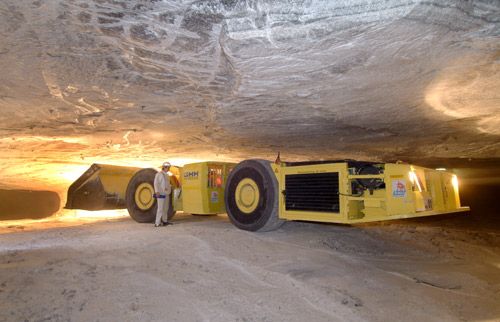
|
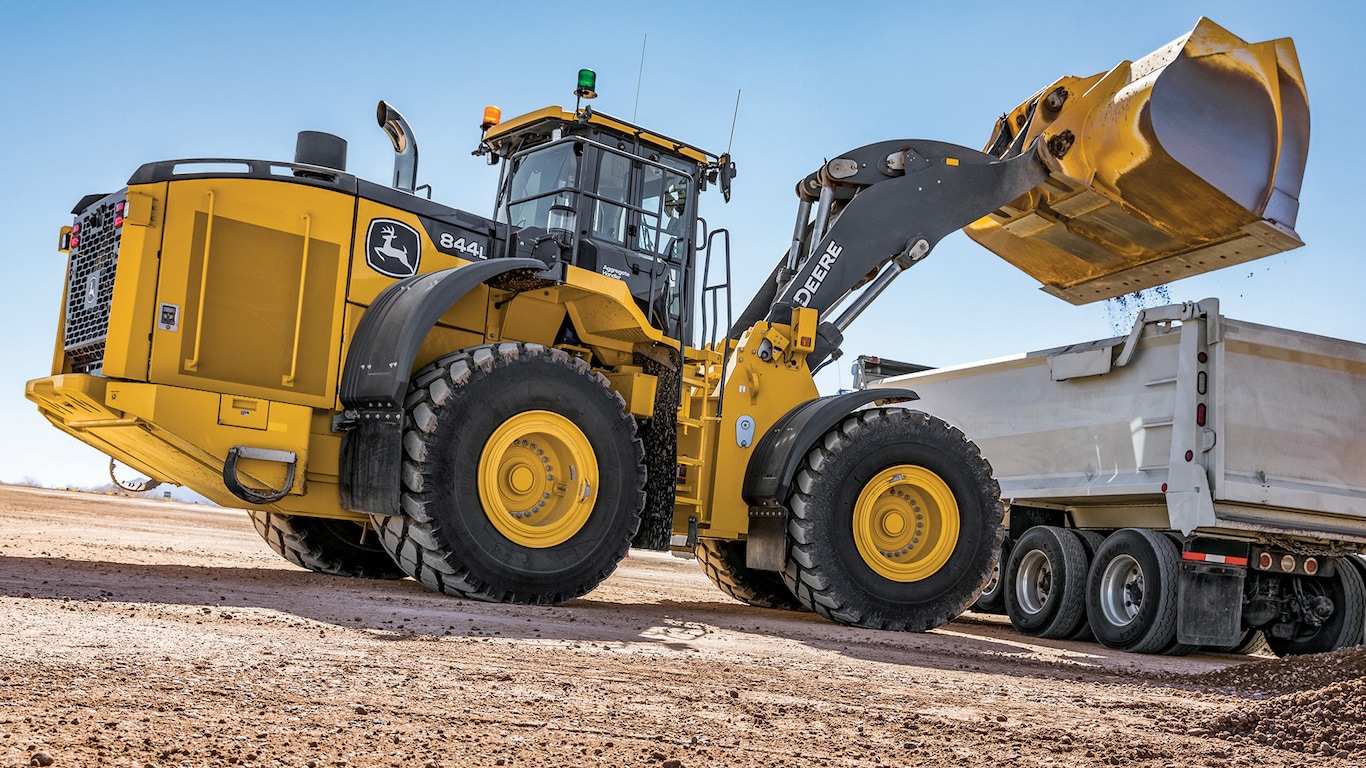
|
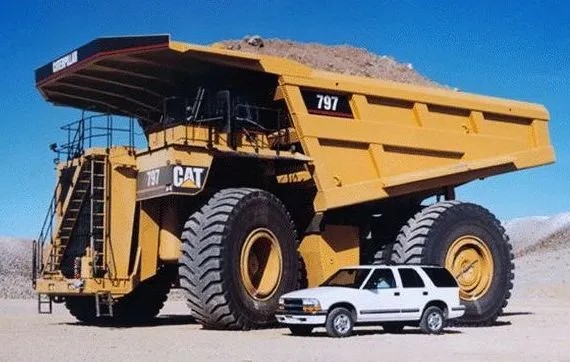
|
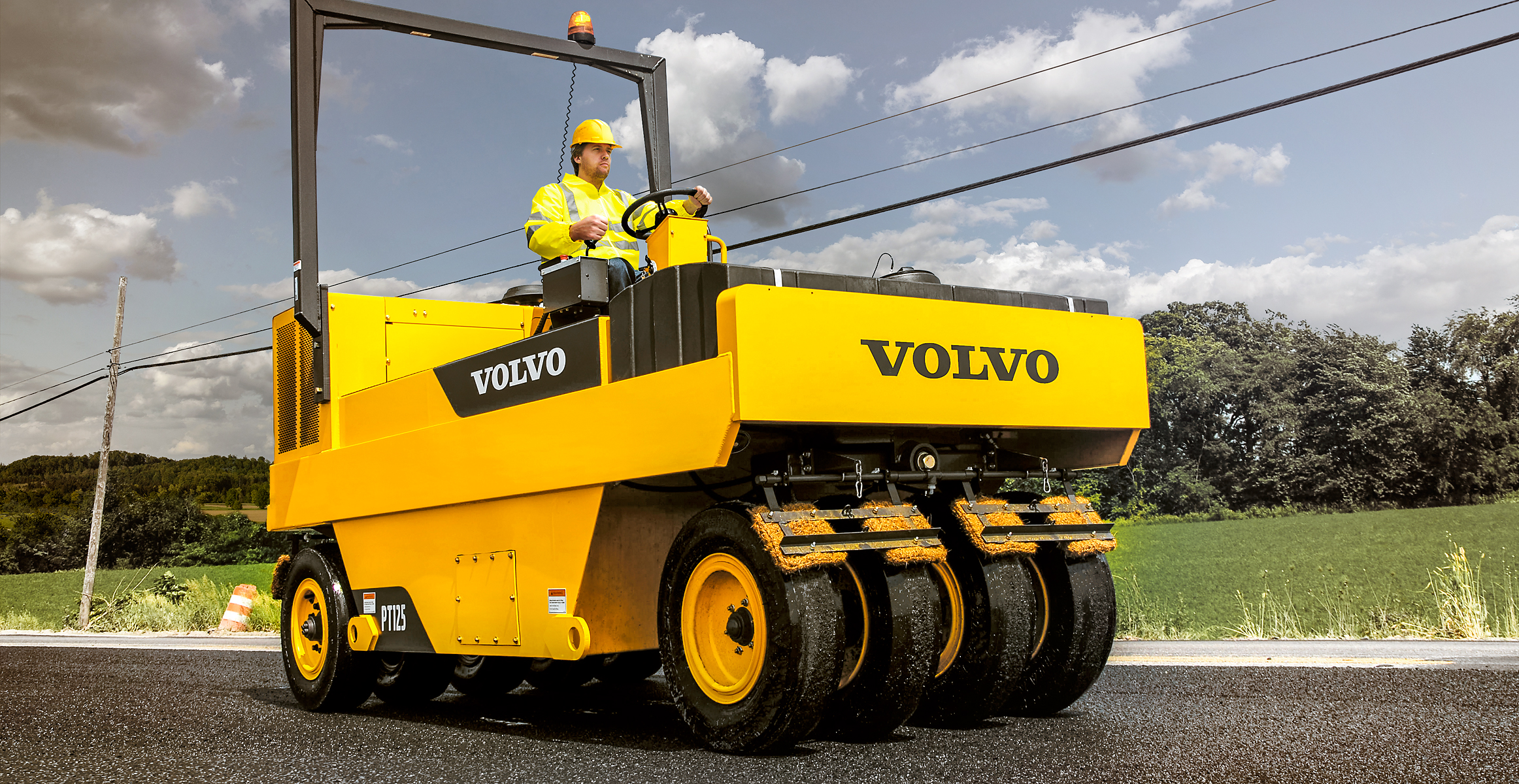
|
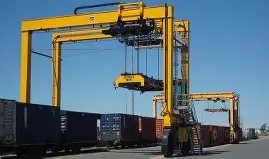
|
|
Agricultural Tires: Yup, we're talking farm tractors here. But we're also talking farm trailers, implements (which are hauled behind the tractor. example: a plow or disc), log skidders. etc. I am not going to go into all the different types of tires, as there are quite a few. But I am going to highlight the different prefix and suffix letters:
Many of the above appear to be ETRTO inventions, but they do appear in TRA and JATMA. Needless to say, it's easy to get confused here!
|

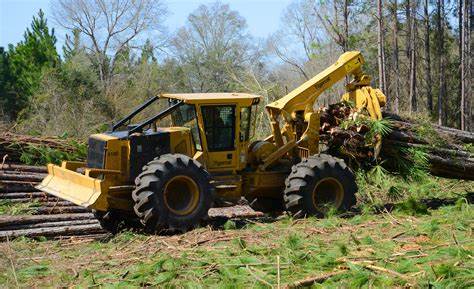
|
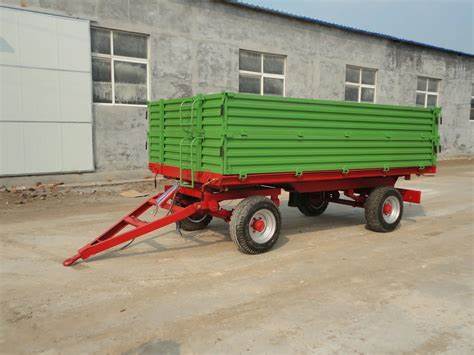
|
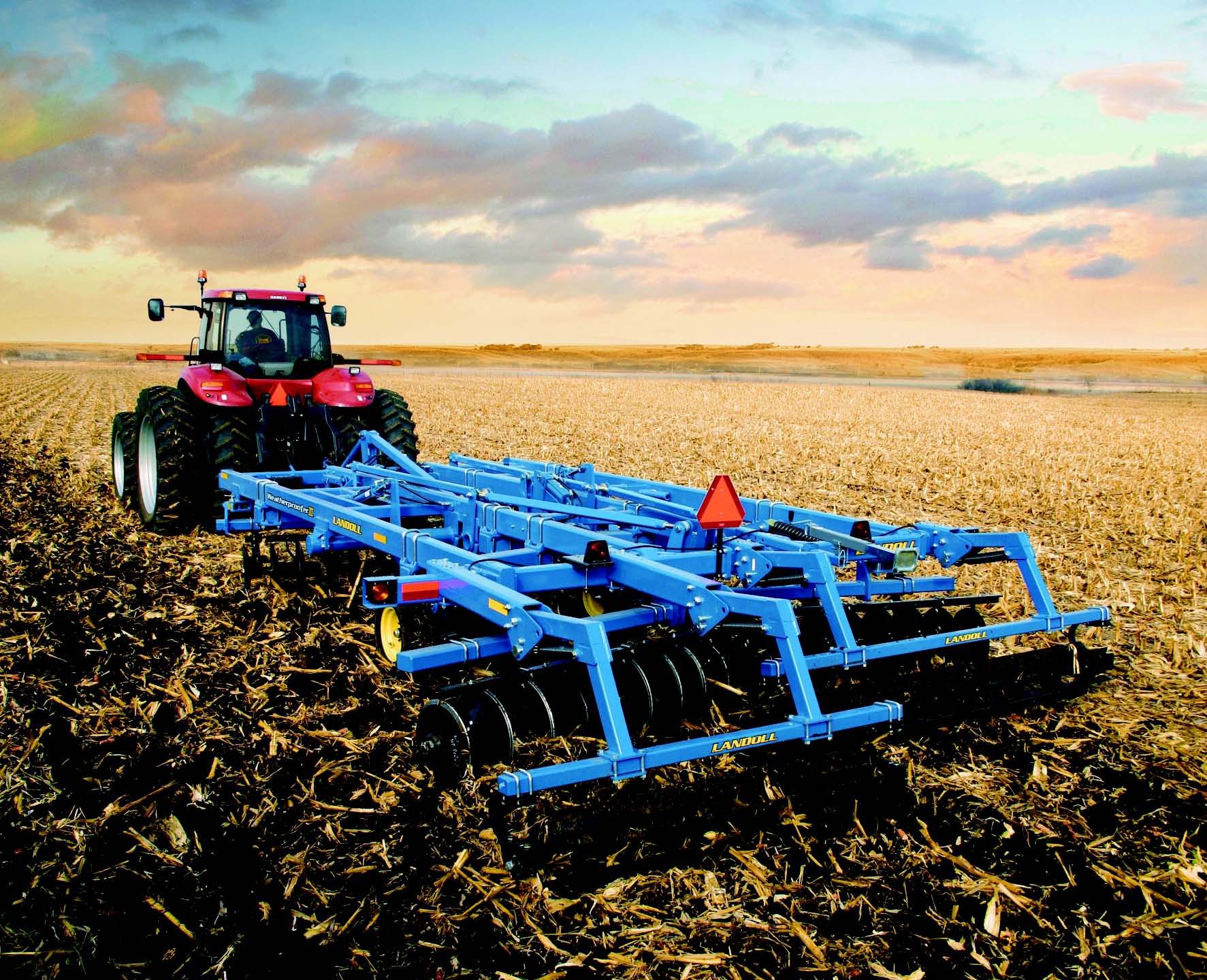
|
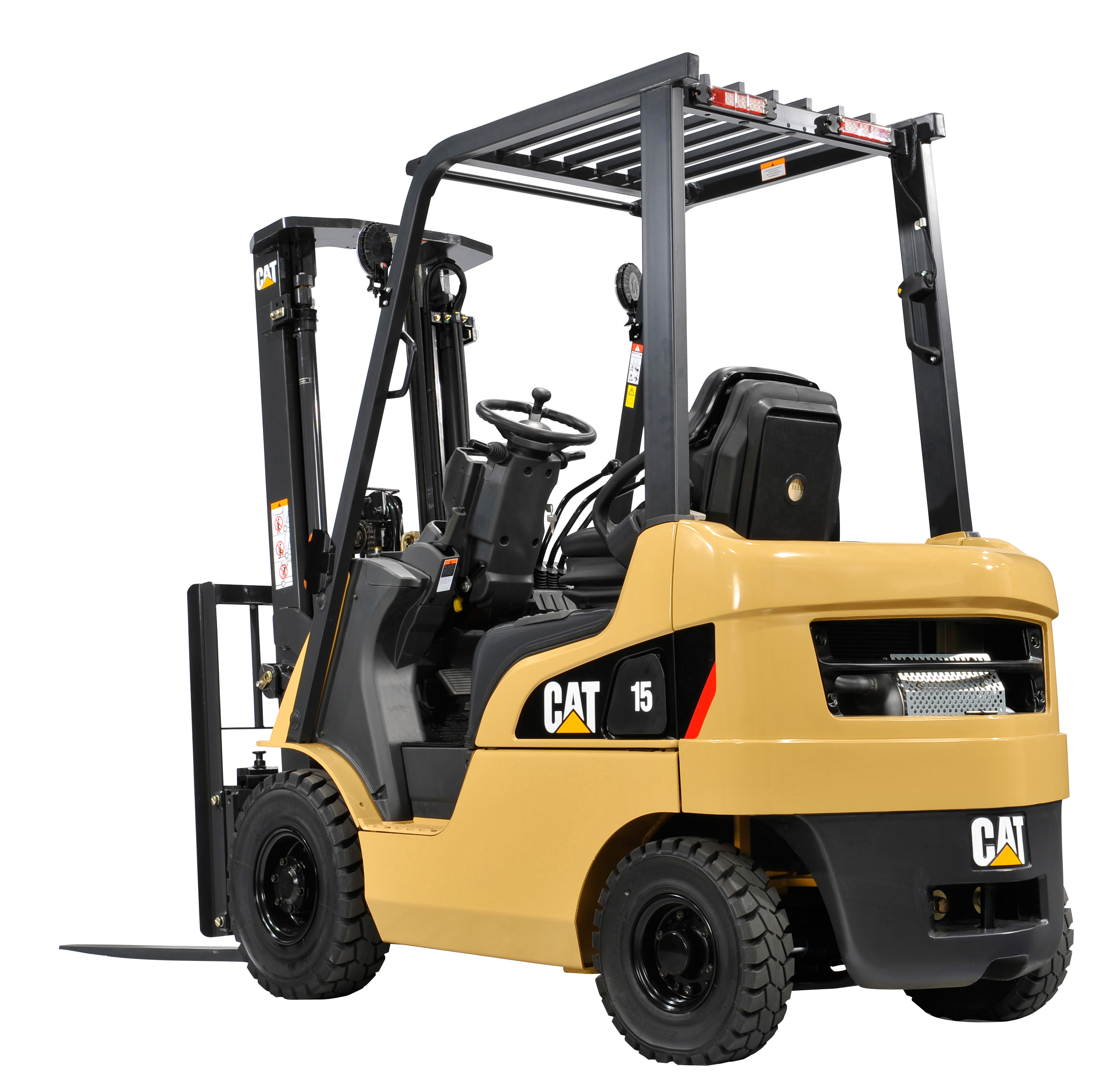
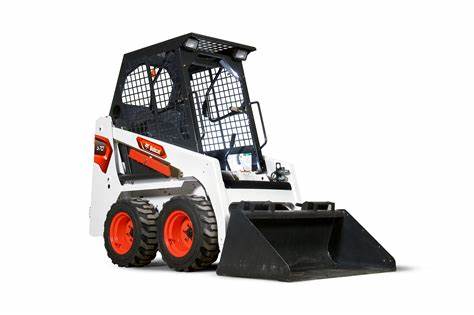
|
Industrial Tires: In some respects this is the catch-all category - for tires that don't seem to fit in other categories. These include tires for fork lifts, small trailers, garden tractors, etc. Here are some of the size prefixes and suffixes:
Many fork lifts use solid rubber tires, which are found in this category. |
|
Cycle Tires: Bicycle tires and motorcycle tires are handled differently by the tire standardizing organizations. Some use separate categories. Some treat them as a single group. Tires for scooters appear in this category. Interestingly, tires for ATV's (All Terrain Vehicles) are NOT in this category. They appear in the Industrial section. Suffixes:
|
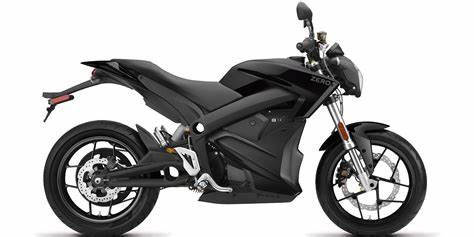

|
|
Airplane Tires: Tires for airplanes are highly specialized - and highly technical. As a result they have their own, separate, yearbook - and I don't have a copy and I don't know much about them. |
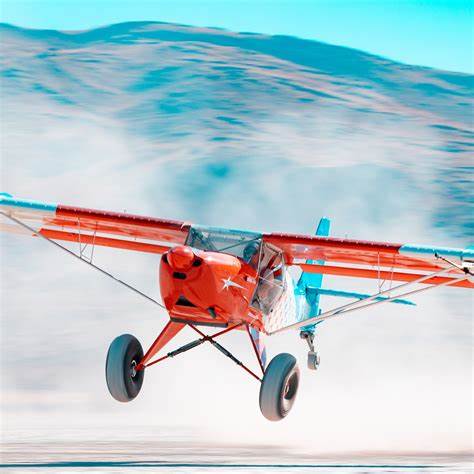
|
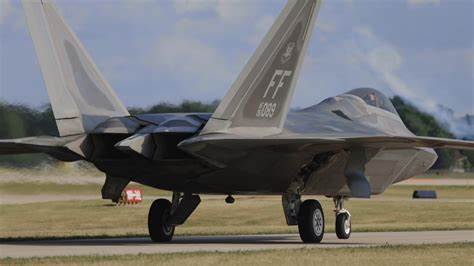
|
|
Final Notes: There are many types of tires, but they are all standardized in some way (with a few exceptions). These standards are published in yearbooks by the various tire standardizing organizations throughout the world. There are some types of tires I didn't cover above because I don't know much about them - the most notable is tires for ADV's (Animal Drawn Vehicles), which appear in the ITTAC (India Tyre Technical Advisory Committee) yearbook. |
|
|